In terms of electronics and software, the PiDP-11 is similar to my PiDP-8. The PiDP-11 turned out more costly to make, because of the custom case (injection molding!). I hit the upper limit of the design goal: to stay under $250.
The molds for switches and case will hopefully be useful for other PDP-11 projects as well. The idea is to have these parts available as 'open-source molds'. If such a concept exists. :)
(update - in fact, a plug-in FPGA board for the PiDP-11 is being worked on as part of the PDP2011 project, in case simh on a Pi does not meet your needs).

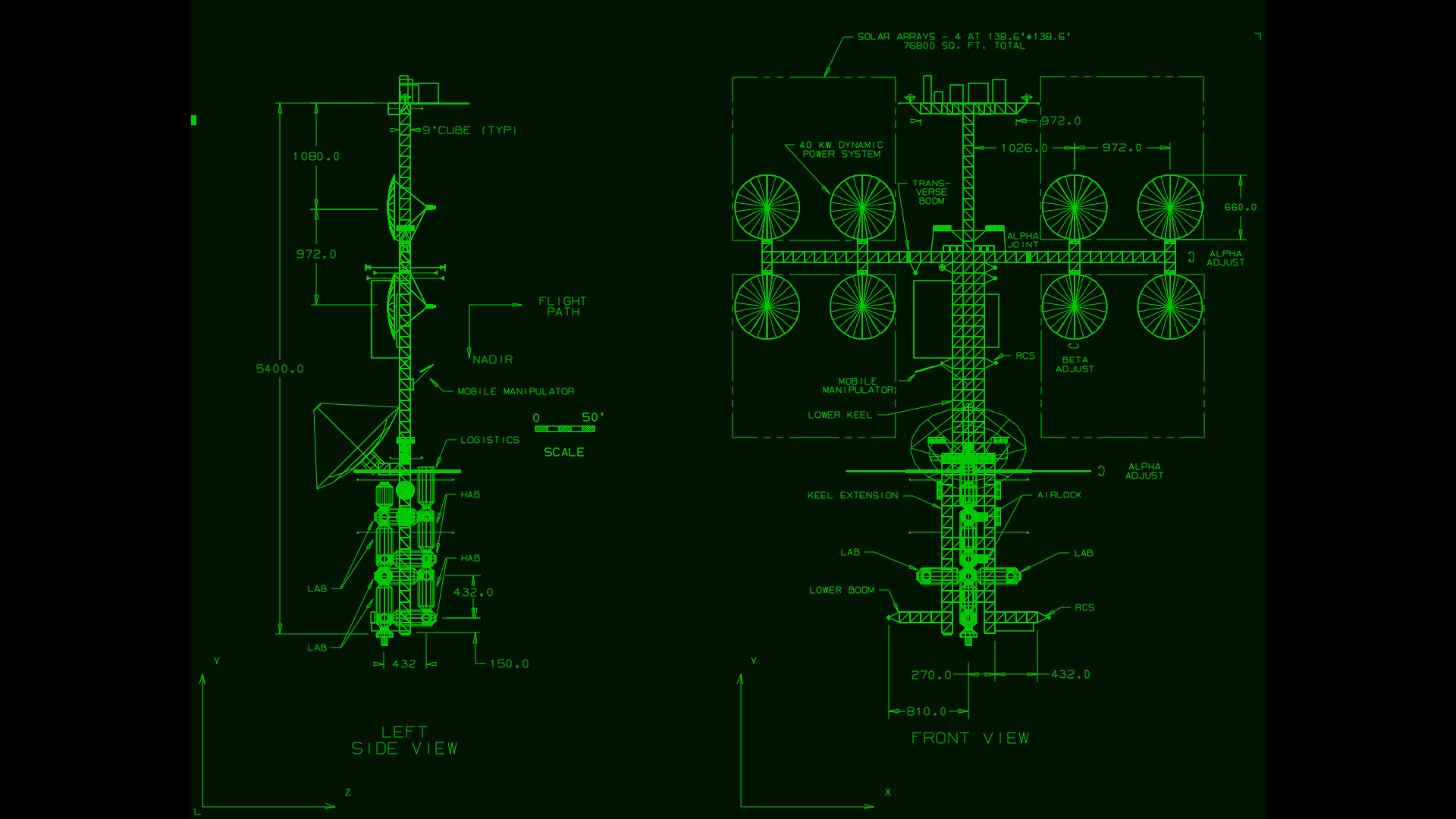
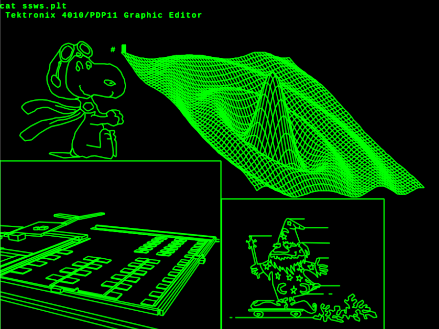
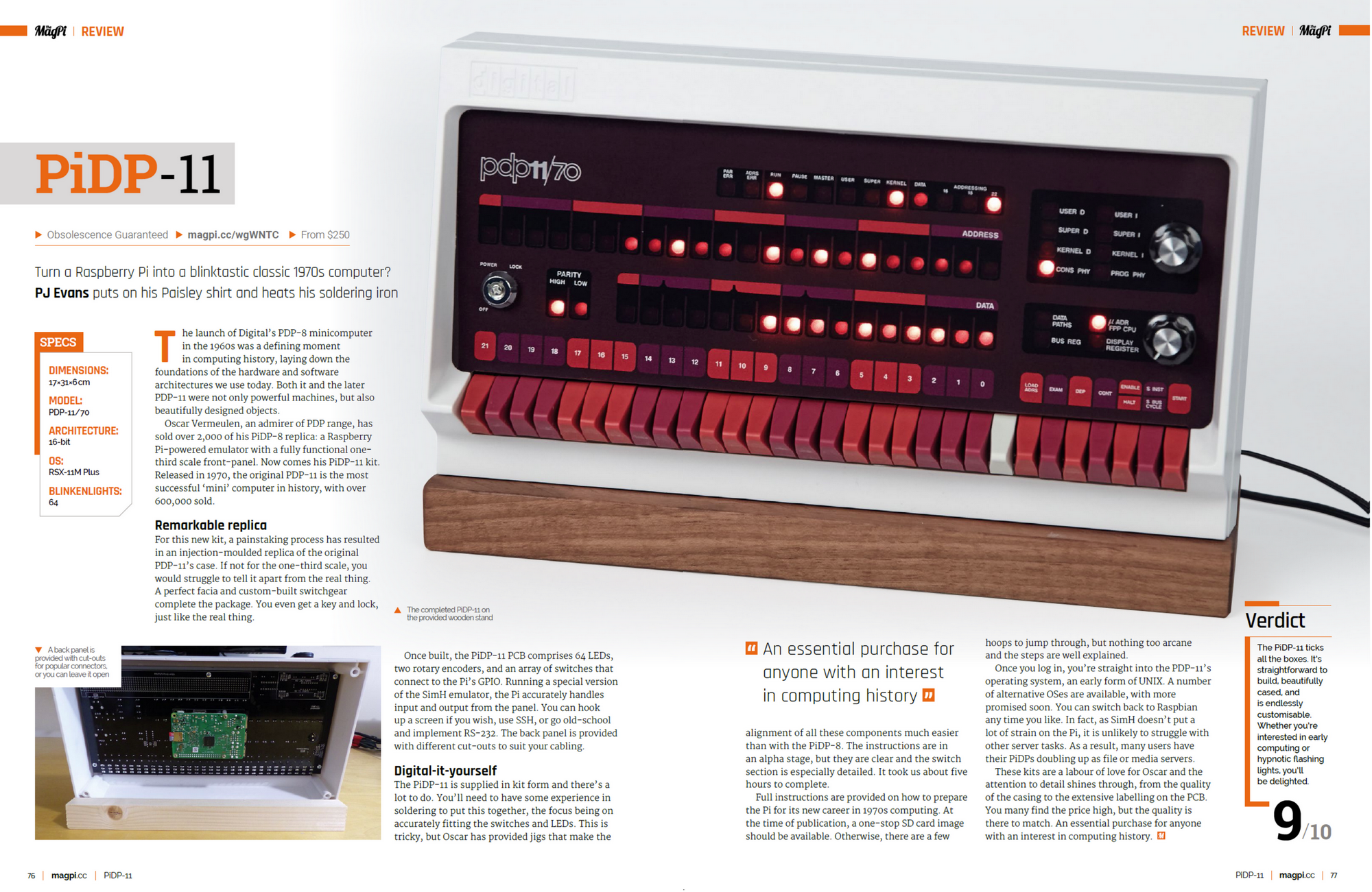
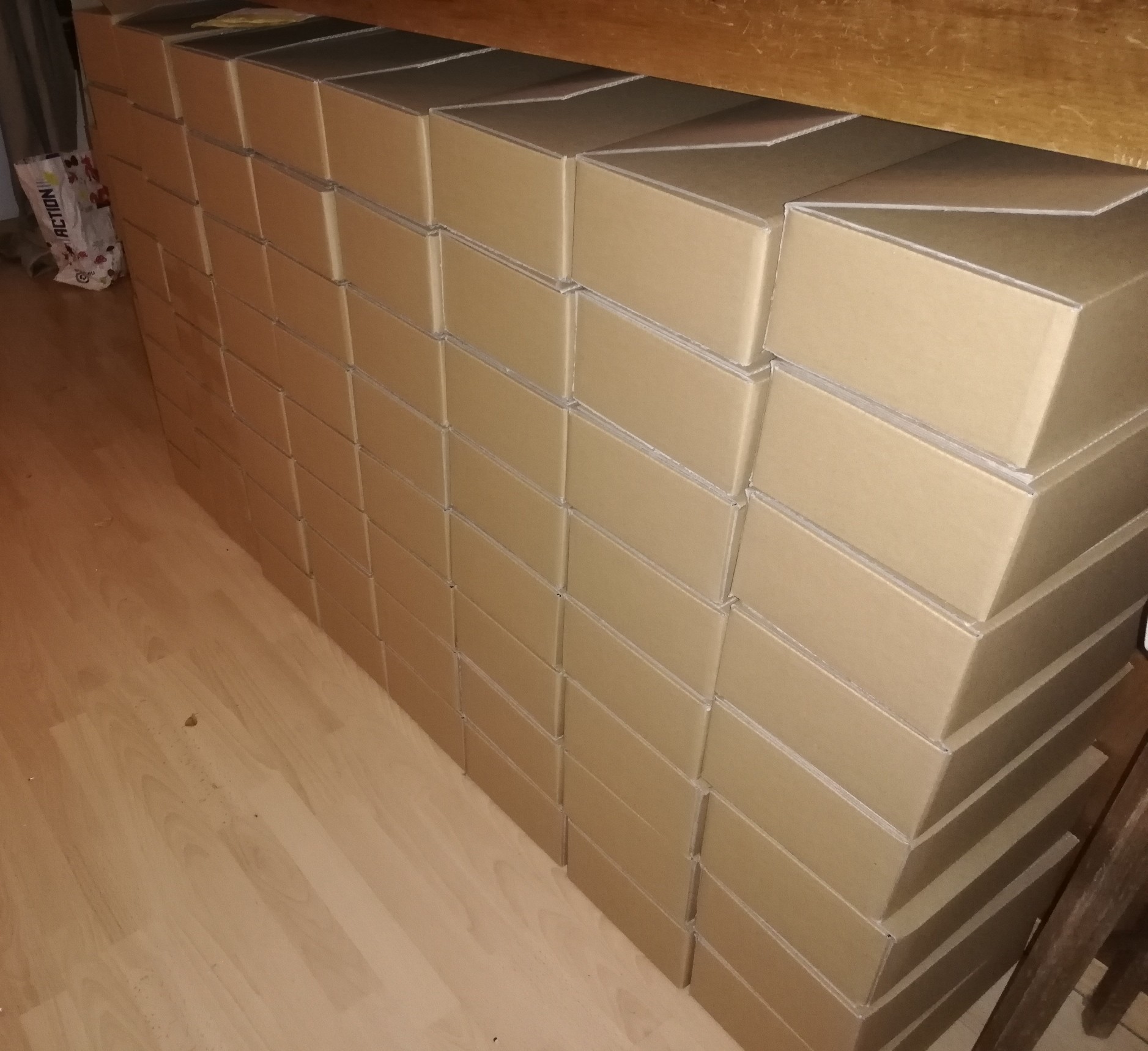








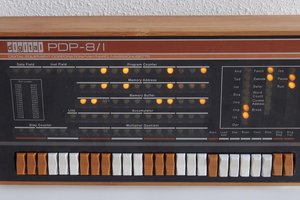
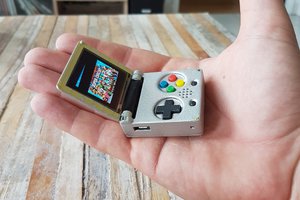
 c.Invent
c.Invent

 Dan Jilek
Dan Jilek
I've just seen this project. I'd love to buy one (when they are back in stock) for my father who was one of the team of just six that designed the first PDP-11 prototypes at the Mill in the summer of 1968 (as a child, I didn't see him for six months). And, unsurprisingly, he was the first Field Service engineer in Europe when it shipped in 1970.